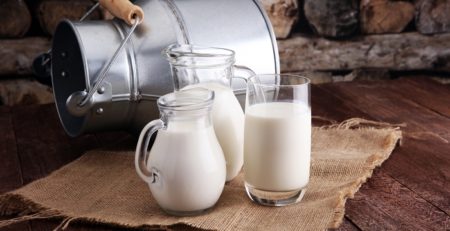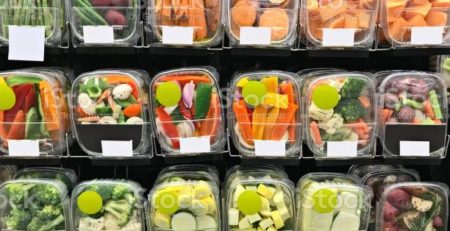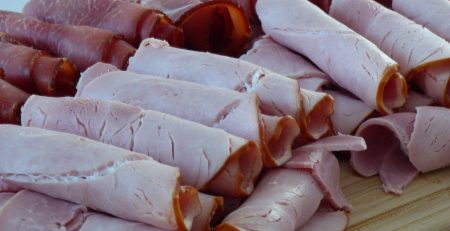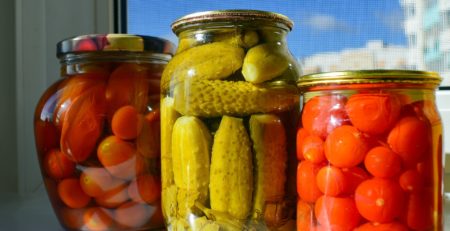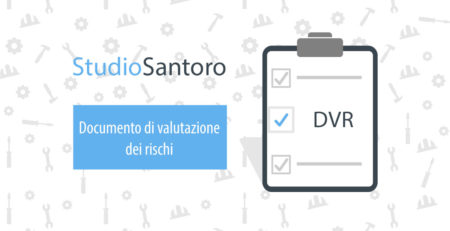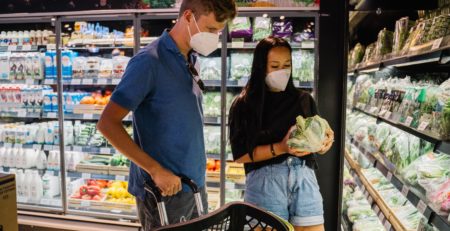Chemical food contaminants: MOAH and MOSH
Chemical food contaminants are defined as chemical substances not intentionally added to food and feed that may be present in them as a result of various steps in their processing or transportation.
Chemical contaminants are:
- heavy metals;
- inhibiting substances;
- residues of previous plant protection products in primary production;
- chemical migration substances from contact surfaces and packaging materials that are not consistent with the food.
Contaminants can pose a risk to human and animal health if acceptable levels are exceeded.
Among the chemical contaminants mentioned above, mineral oils (discovered by chance in 2008 following an EU alert for sunflower oil produced in Ukraine highly contaminated with these compounds) represent a chemical fraction derived from the refining of petroleum (distillation, extraction, chemical conversion) and/or synthetic products from coal liquefaction, crude oil, coal, natural gas or biomass.
Mineral oils are classified into:
- Moah (Mineral Oil Aromatic Hydrocarbon ie aromatic hydrocarbons consisting of one or more benzene rings)
- Mosh (Mineral Oil Saturated Hydrocarbon i.e. branched and unbranched saturated hydrocarbons with general formula CnH2n+2).
Moah are potentially carcinogenic and genotoxic, while Mosh tend to accumulate in the body and can cause liver damage. These health risks have been assessed by the CONTAM (experts on contaminants in food chains) group of the EFSA (European Food Safety Authority).
In mineral oil may also be present polycyclic aromatic hydrocarbons (PAH) now classified as possible carcinogens, other classes, such as refined mineral oils for food use (MORE), saturated oligomeric polymers (POSH), used for the synthesis of plastics such as polypropylene or polyethylene and poly alpha olefins (PAO), main constituents of motor oils or lubricants.
Application areas for these oils include printing inks and packaging materials for food and products. Found in packaging, such as cardboard and recycled paper (because they can contain residues of inks and other chemicals such as glues and various additives), and being volatile, they can migrate into packaged food and be harmful to health.
However, mineral oil contamination can occur at any stage of the supply chain. The potential sources of contamination are numerous and this is due to the extensive use of mineral oil, present for example in lubricating oils used in machines for mechanical handling, in dust control agents (in particular in the processing of rapeseed and soybeans), in jute bags used for the transport of seeds and olives, which may contain up to 25% of polyaromatic compounds, in additives used in the manufacture of plastics, in lubricating oils present in aluminum cans used as containers.
Currently there are no official EU regulations defining minimum and maximum accepted levels for MOHA and MOSH. However, some reference values can be considered as official sources, such as those defined by JECFA (Joint FAO/WHO Committee on Food Additives) which has established as reference an ADI (Acceptable Daily Intake) value of 0.01 mg/kg.
A further reference, applicable only to packaging made of recovered paper and cardboard, was presented in the form of an amendment to the “German Commodities Regulation” in 2011. This document proposes MO limits (both MOSH and MOAH) of:
- 0.6 mg/Kg of food (MOSH content);
- 0,15 mg/Kg of food (migration of MOAH).
Also in Belgium the FAVV (Food Safety Authority) has set different limits for MOSH (C16-C35), divided into different groups. In Italy there is no specific legislation.
To date, especially in the production industry of paper and cardboard packaging, the solutions aimed at reducing the presence of MOAH and MOSH are focused on the optimization of production cycles and/or the use of food grade products.
Currently, the reference analytical methods are ISO 11780:2015 – Animal and vegetable fats and oils – Determination of aliphatic hydrocarbons in vegetable oils and UNI EN 16995:2017 Food products – Vegetable oils and food products based on vegetable oils – Determination of saturated hydrocarbons (MOSH) and aromatic hydrocarbons (MOAH), derived from mineral oil, by on-line HPLC-GC-FID analysis.
Following Recommendation No. 84 of 2017 by the European Commission, investigation and sampling activities are underway for numerous foods potentially contaminated with mineral oils (animal fats, bread and rolls, fine bakery products, breakfast cereals, confectionery products, chocolate and cocoa, fish, frozen fish products and desserts, oilseeds, pasta, cereal products, dried legumes, sausages, nuts, vegetable oils) and packaging materials.
In the import markets of Northern Europe, the separate determination of MOSH and MOAH is now required. In case the sampling detects the presence of these contaminants, Member States are asked to investigate the measures put in place by companies to prevent or limit the contamination of their products.
However, there is the involvement of FBOs and manufacturers of food contact materials. As it is necessary to consider these contaminants in their own productions, taking appropriate measures to manage the hazard.
If you wish to request a consultation, the team of Studio Santoro will guide you in choosing the most suitable service for your needs.



